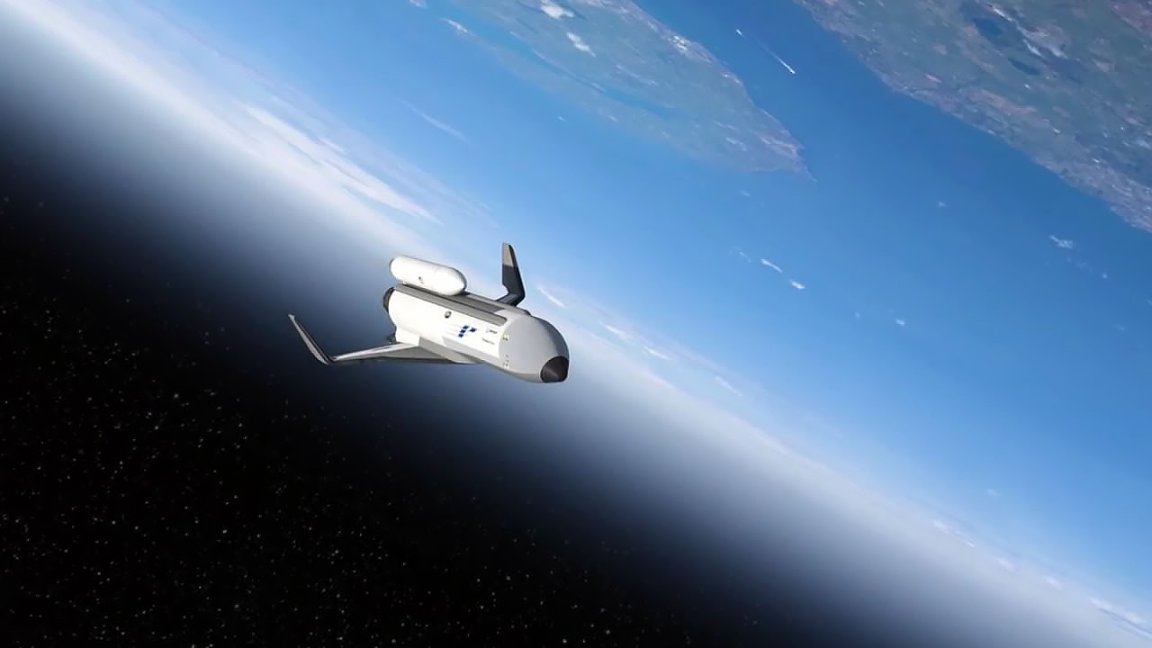
‘The Warp Speed of Today’
Private companies in China and America are achieving hypersonic speed in aircraft — speeds categorized as those which exceed five on the mach scale, which equates to 3,835 miles per hour or above. At this speed, an aircraft could travel the circumference of the Earth in approximately 6 and a half hours.
We could see this speed attained and made commonplace within the next few years, with estimates stretching from 2020 to 2030. Alan Bond, a co-founder of Reaction Engines, said that this could be “a revolution in transportation equivalent to the jet engine.”
It is only now that we really have the technology required to overcome the extreme heat (surface temperatures exceed 1,000 degrees Celsius) and changes in air that occur at these ludicrous speeds. as well as developing ways to introduce them into common usage by tackling factors like the deafening boom caused by breaking the sound barrier.
Among the most prominent companies working on this is Lockheed Martin, whose SR-72 will reportedly be used to carry out surveillance missions as a successor to the SR-71 blackbird. The company announced earlier this month that it would begin production.



The Future Of Flight
This technology has particular consequences in three sectors: commercial travel, the military, and spaceflight.
Commercially, hypersonic planes have the potential to rapidly decrease flight times, and therefore decrease the frustration, weariness, and inconvenience that long-haul flights can cause. While companies are still calculating whether the cost of such an undertaking is viable, Tom Enders, the CEO of Airbus, optimistically stated that we have “ever more fuel efficient aircraft,” which could indicate that the cost of these flights would not be too much more expensive than today’s commercial flights.
This technology could also change the nature of military flight fundamentally. Brad Leland, a Lockheed engineer, told Reuters that “your adversaries cannot hide or move their critical assets. They will be found. That becomes a game-changer.” The principles applied to the aircraft could also be used to develop new missiles. Theis principle in both cases is to opt for speed over stealth: becoming fast enough that the enemy prevent the attack or surveillance mission due to the speed of the aircraft or missile.
Perhaps most promisingly, however, are the potential applications for spaceflight. While there has been a huge amount of coverage concerning reusable rockets recently, using space planes are an alternative could potentially be more viable. At the very least, the development of the planes of the future will add another competitor to the commercial space race, and this competition will lead to remarkable innovation.